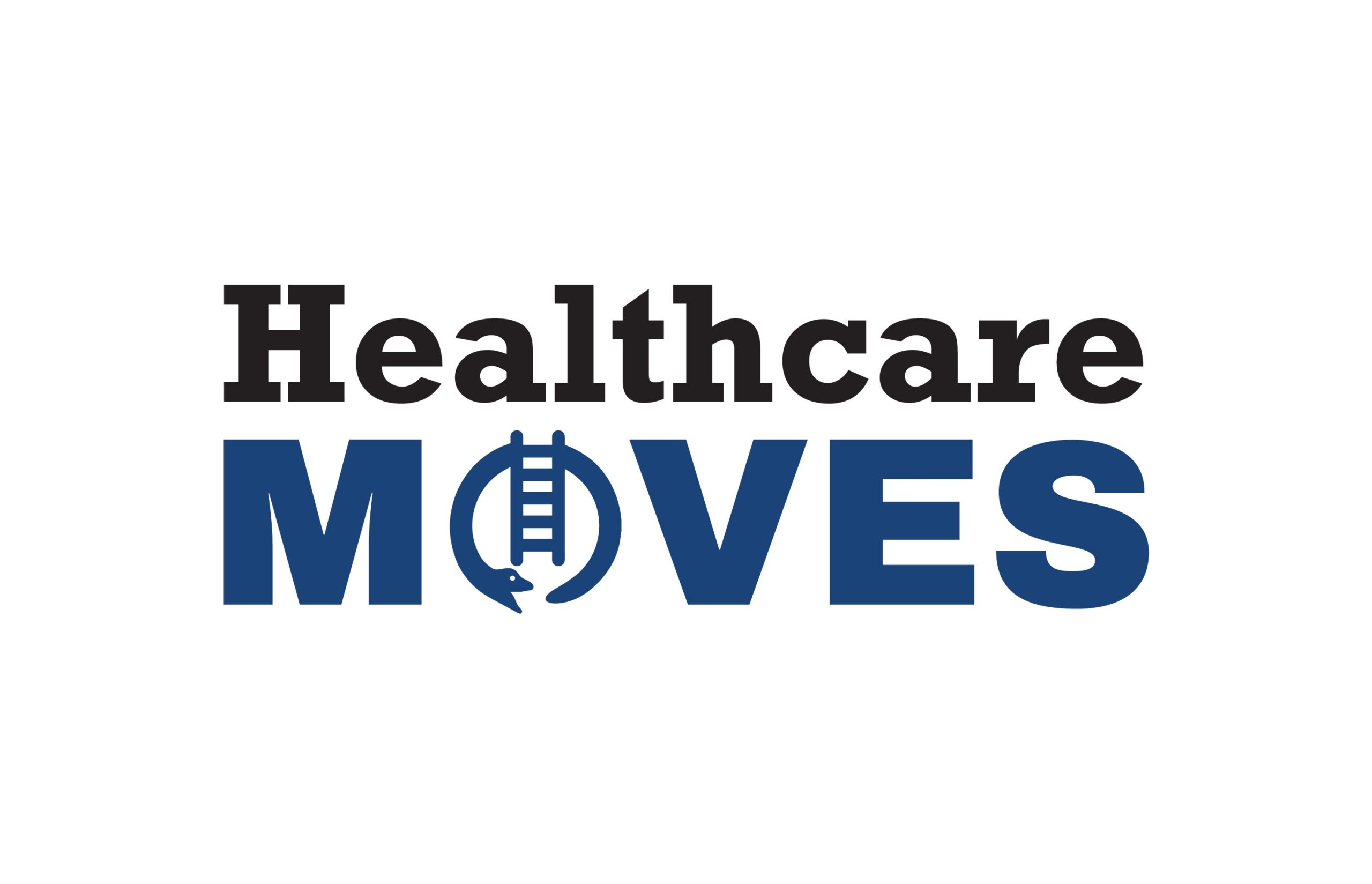 A business that’s part healthcare idea incubator, part clinical validation lab is making its debut at the JP Morgan Healthcare conference this week.
A business that’s part healthcare idea incubator, part clinical validation lab is making its debut at the JP Morgan Healthcare conference this week.
Health2047 makes a lot of the fact it will get physicians to evaluate technologies at different stages of their development. It wants the American Medical Association to play a big role. AMA CEO Dr. James Madara is the chairman.
Several groups have taken different approaches to providing a physicians’ point of view to offer insights on how a particular technology would work (or not work) in a healthcare facility. Accelerators have worked with healthcare partners or even brought their accelerator model to health systems such as Healthbox with Intermountain Healthcare and DreamIt Ventures with Children’s Hospital of Philadelphia.

With the Rise of AI, What IP Disputes in Healthcare Are Likely to Emerge?
Munck Wilson Mandala Partner Greg Howison shared his perspective on some of the legal ramifications around AI, IP, connected devices and the data they generate, in response to emailed questions.
There is also the FDA program Pediatric Medical Device consortia in which physicians collaboate with medical device developers and entrepreneurs to consider and develop medical devices for the pediatrics create medical devices
Health2047 describes itself this way in a company statement:
Each project will touch on a particular foundational need important to patients, physicians and/or healthcare in general. This includes system-level solutions to chronic care; value-based healthcare and payments; connected health solutions; and collaboration models for physicians, providers, payers and patients.
At least it narrowed it down! CEO Dr Douglass Given described the business as a “new ‘co-laboratory’ model originates early-stage ideas, co-develops products for rapidly growing companies, and will partner with established companies to optimize their business entries in the healthcare economy.”
Its typical project lasts 90 days: 30 days to validate its potential, 60 days to prototype solutions that have not been addressed successfully elsewhere, and then graduate projects for commercialization.
In emailed responses to questions, Given said it wanted to use its lab to create more effective product strategies by getting more input from physicians. He said it has created three business tracks:
1. Partner with established companies to tune their offerings for healthcare;
2. Co-develop with emerging growth companies (often vc-backed) to ensure, for example, that the market fit is right for their solutions and that regulatory issues have been thought through early on; and
3. Create innovative new solutions in the white spaces (many of which will be identified by research the AMA commissions) to deal with the big shifts we’re seeing from acute care to chronic care and inpatient to outpatient care.
The company added that each project will touch on a particular need that’s important to patients, physicians and/or healthcare in general. Among the areas Given highlighted were:
- System-level solutions to chronic care;
- Value-based healthcare and payments;
- Connected health solutions; and
- Collaboration models for physicians, providers, payers and patients. Projects are already underway at the studio in each target area listed above.
He shed some additional light on the business’ priorities in response to this question:
Given the fact that every hospital has its own culture and workflow, how have you worked with institutions to ensure that they will welcome this approach and adopt it?
The fragmented nature across healthcare is part of the current problem. There are too many silos with vested interests. Our goal is to create systemic changes that will stitch together the most relevant innovations that improve physicians’ ability to deliver more effective care and individuals’ ability to live healthy lives.
Physicians are key to this effort. To date, technologies have not enabled them; in fact, the ‘healthtech’ innovation has typically encumbered them (think EHR). Given our deep partnership with the AMA, we aim to infuse the physician perspective into every major innovation cycle to ensure usability, clinical utility, and faster adoption because of early buy-in (just like plane manufacturers involve pilots in cockpit design).
The culture/workflow question is a good one. To the extent that we are able to improve both the physician and patient experience by working closely with a representative physician sample group to engage them at every step in the process, we think that we’ll accelerate the both market acceptance and adoption momentum. As the consolidated provider networks evolve, it is the physician that will have, or should have in our opinion, a more direct role on choices and decisions that impact clinical care.
Photo: Flickr















